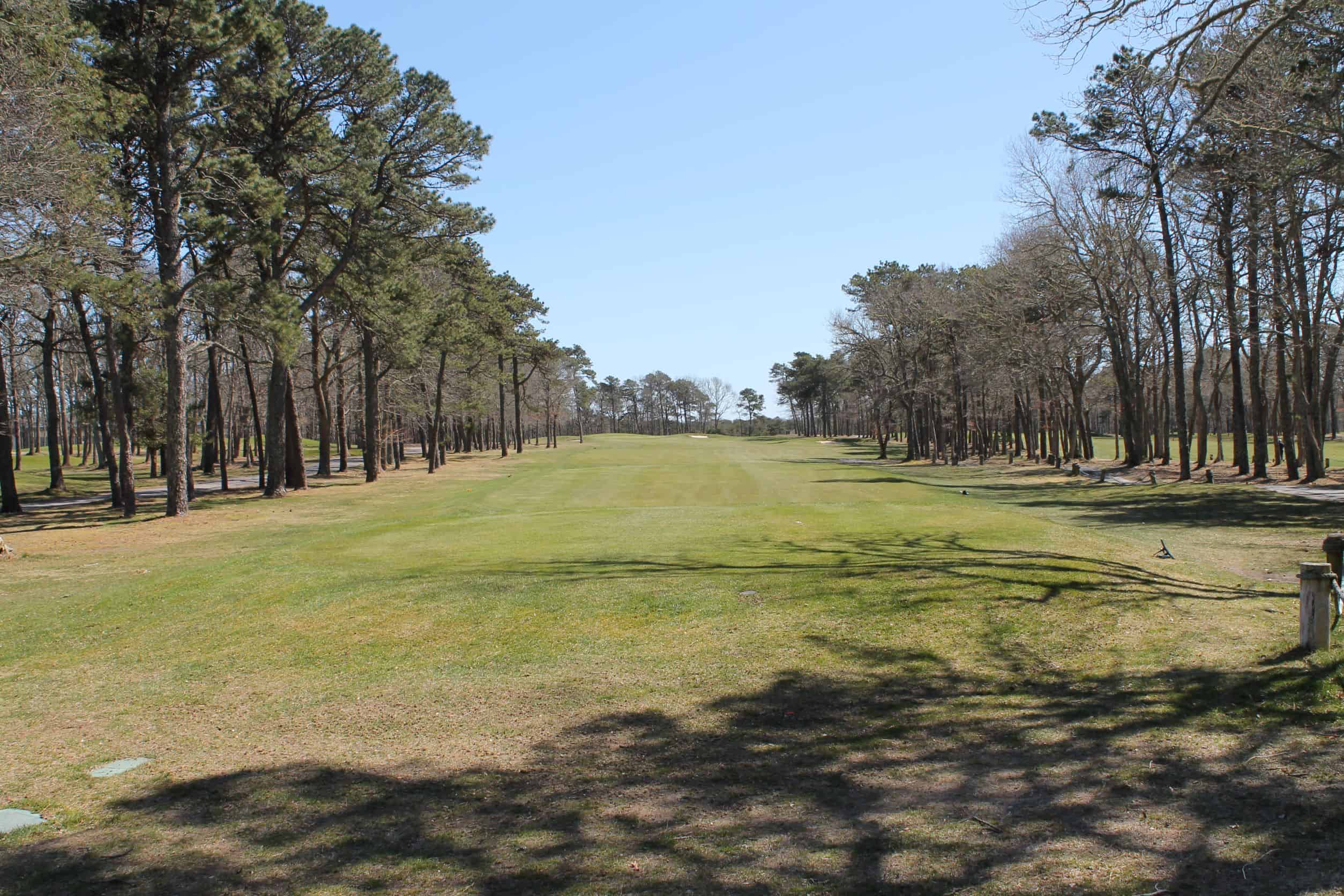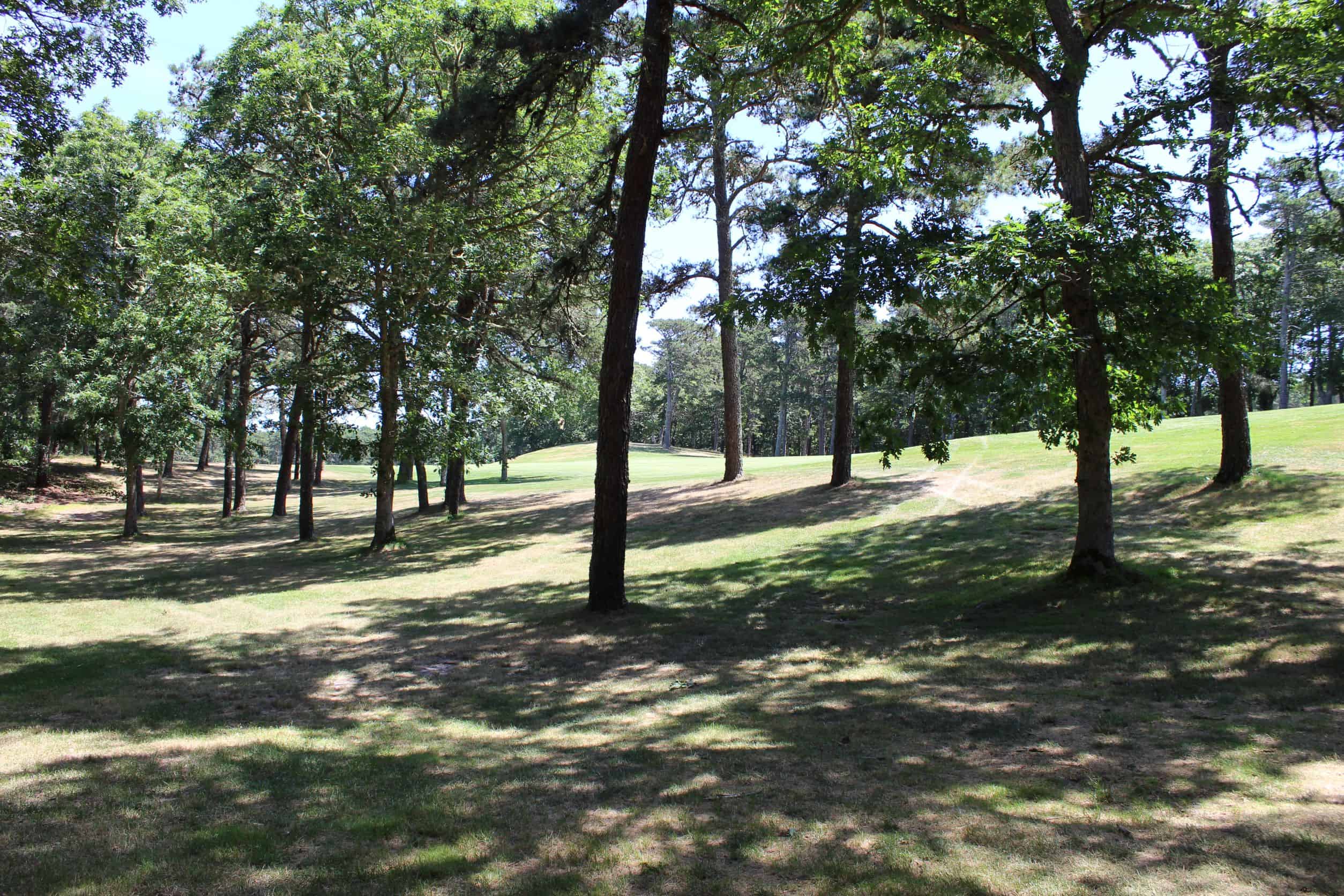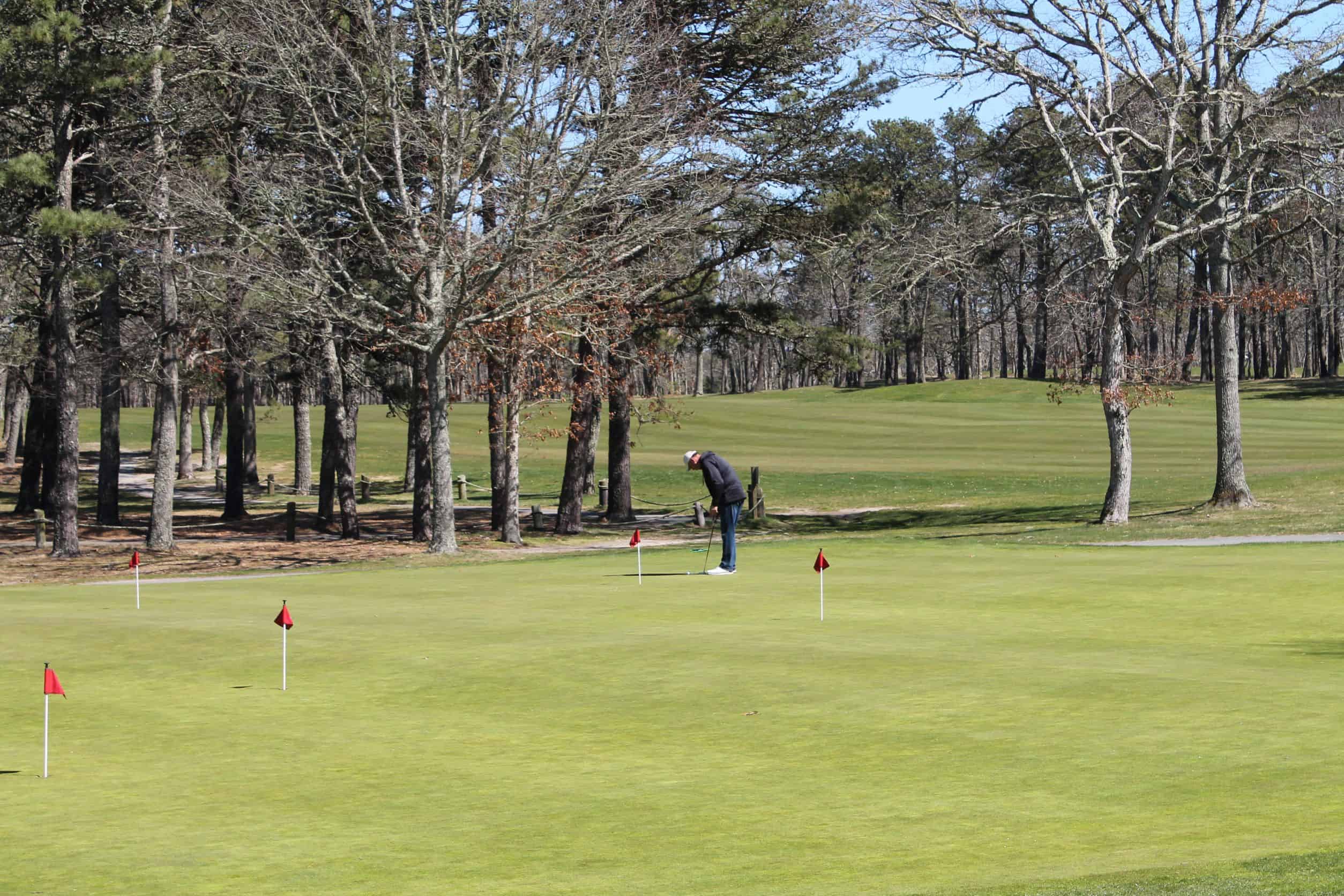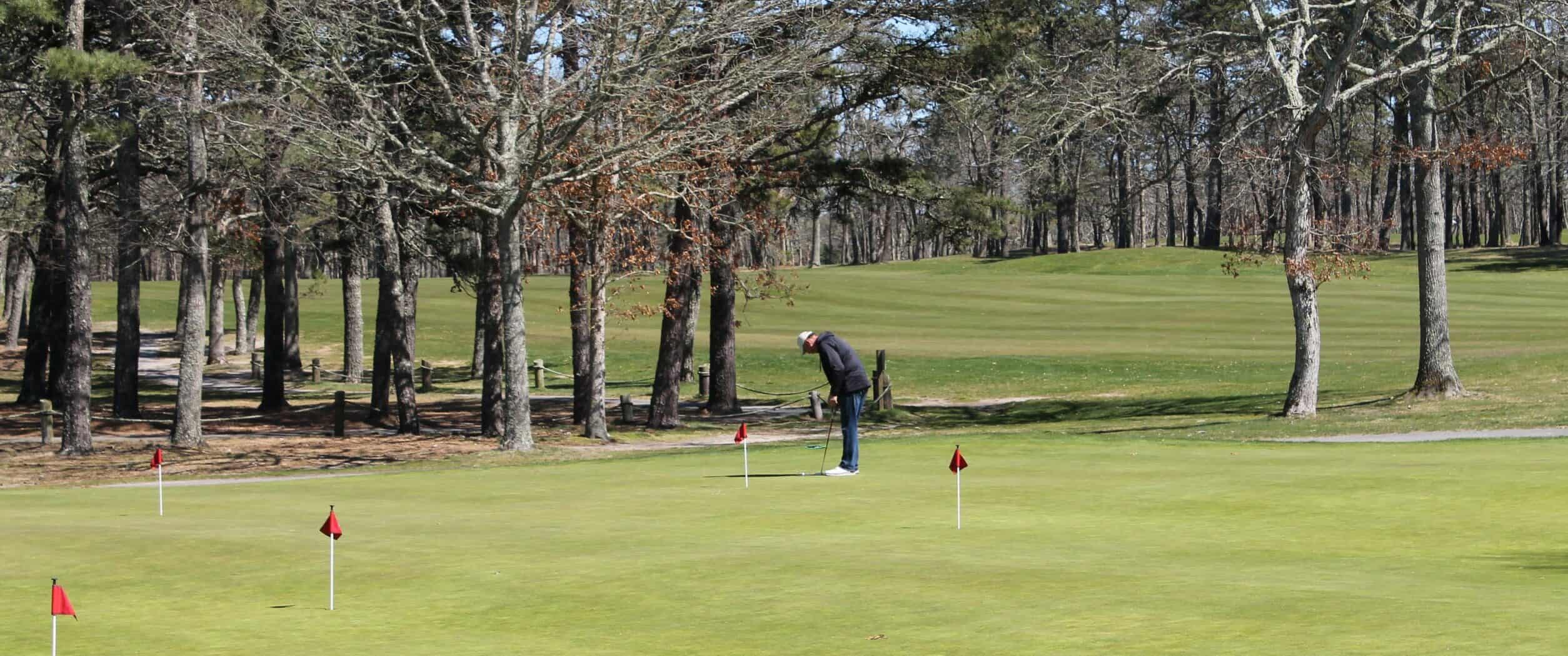by Rob Duca
How many times have you played a great round of golf and come away thinking about that one hole that ruined your score?
One of the major differences between pros and amateurs is that a pro knows how to minimize mistakes. Or to put it another way, a pro rarely compounds one mistake with another.
Think back to those times when you wrote down a triple bogey or worse on your scorecard. Did you hit your tee shot into the woods and then attempt to thread the needle between a forest of trees to reach the green? Did you land in a fairway bunker and take too much club, thus catching the lip and finding yourself with another bunker shot? Did you aim straight for a pin tucked over water instead of hitting to the middle of the green?
Basically, did you go for the hero shot instead of taking your medicine and playing for bogey?
Those are the hallmarks of how to compound one error with another. Here are some tips to avoid those dreaded big numbers.

Keep the Ball in Play
Most amateurs instinctively pull driver on every tee. Yes, you’ll hit farther, but it’s also the most difficult club to control. On par-5 holes and short par-4 holes, choose a club that you know you can keep in play and still reach the green in regulation. It could be a 3-wood, a hybrid or a long iron.
If you insist on hitting driver, tee up on the side of trouble and aim away from it. For example, if there’s water down the entire right side of the fairway, and you like to play a slight fade, then tee the ball up on the right side of the teeing area and aim down the left side of the fairway, allowing for your fade to bring the ball back to the center of the fairway.
Know Your Limitations
Everyone remembers that one-in-a-thousand shot through the trees, around the bunker and onto the green. Hey, it’s fun to channel your inner Phil Mickelson. But you’re not Phil, and in most cases, playing safe is the wisest choice. That means pitching the ball back in play. You probably won’t make par, but you probably will make bogey, and that is not always a bad thing.

Learn the Art of the Pitch-Out
Many amateurs make the smart choice, but then lose focus on the pitch-out from the woods because they think it’s easy. It’s not. Keeping the ball low, under trees, and catching it clean in the woods requires concentration. The last thing you want to do is play smart and then catch the ball fat and leave it there. Work on hitting low pitch shots so that when you get into a tricky situation, you’re confident you can pull it off.
Learn How To Manage Your Misses
This year’s Masters provided a perfect illustration of this theory on the iconic par-3 12th hole. Jack Nicklaus, winner of six Masters, has famously said that his only thought when he played this hole was to aim to the middle of the green. He wouldn’t even look at the pin. That took the water and a front bunker out of play. This year, Cameron Smith, in contention, went straight at the pin, came up short and landed in the water. His miss was catastrophic.
Let’s say you have 200 yards to a green, with a steep front bunker, water to the right and a pin cut on the right. Are you going to aim at the hole and hope to hit a career shot? If only the most perfect shot is going to get you close, then consider a safer option. Maybe you can take a lesser club and aim away from the trouble at the left side of the green, and try and chase the ball up onto the fringe or putting surface. Even if you mishit the shot, you’ll be left with a manageable chip.
Essentially, if you have a slim chance of pulling off the shot, look at where the trouble is, and see if there’s a place you can bail out to that will leave you with a reasonable chance at getting up and down.
Avoid 3-Putts
Yes, this is easier said than done. But three-putting will vanish if you’re better from long range. To achieve this, establish a practice putting routine that will give you a better feel for how hard you need to hit the putt from various distances. On the practice green, step off distances of 30, 45 and 60 feet, stick a tee in the ground, and roll several putts to each spot. Do this every time you practice. If you can lag putt to gimme range, those three putts will be a thing of the past.

Fine-Tune Your Short Game
Nothing saves a hole from disaster more than a great short game. You can hit a poor drive and be forced to lay up with your second, but a pitch that lands tight to the pin will have you walking away with par.
Most amateurs hammer balls on the driving range and never venture anywhere near the chipping green. But tour pros spend 80 percent of their practice time working on chips and pitches. Think there’s a reason for that?
Grab two chipping clubs (one high-lofted, the other low-lofted, such as 9-iron or wedge) and play different shots around the green requiring different trajectories. Change shots and targets, and see how many times you can get up and down. By simulating real course conditions, you have a better chance of executing the shots under the gun.
Take Your Medicine
No one is perfect, including the pros. A bogey won’t kill your round, but a triple bogey probably will. The trouble comes from turning one bad shot into several more. Assessing the amount of risk involved when attempting a recovery shot is critical. Look at it two ways: what is the easiest shot that gets the ball in play, and which shot is the most aggressive? The answer usually lies in the middle.
Accept that you are going to hit bad shots, but practice patience and remember that taking your medicine will, in the long run, make you feel a whole lot better.


Great article, thanks